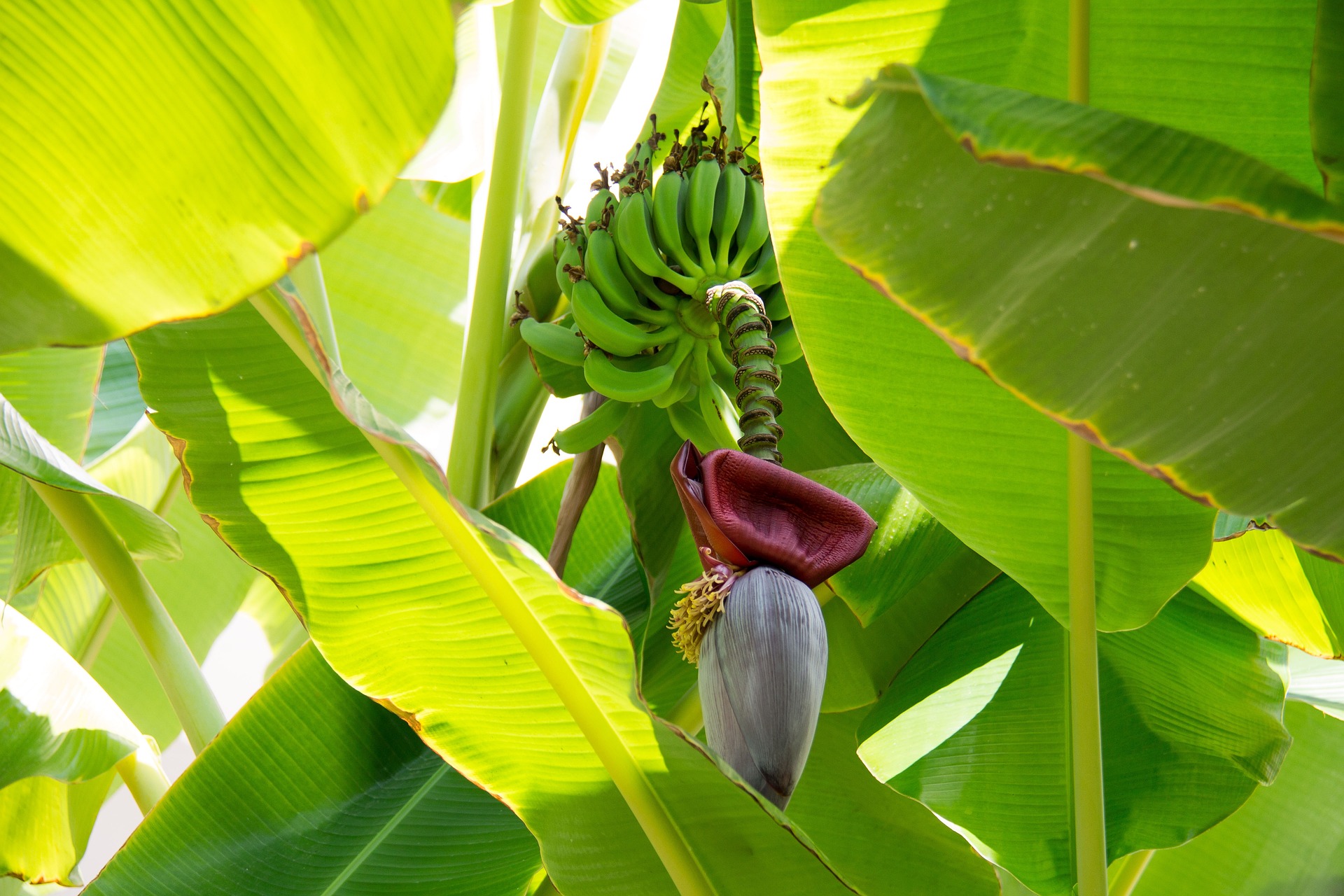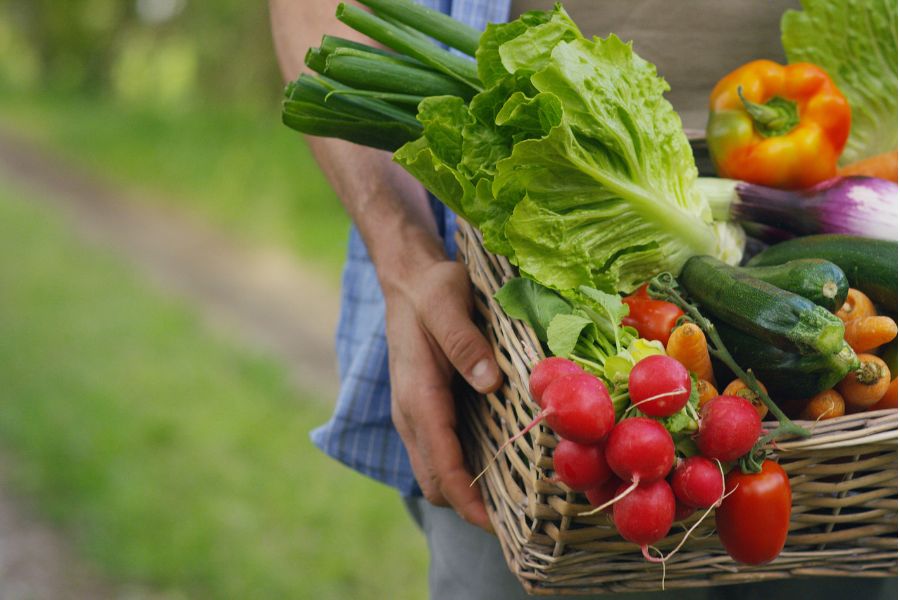CDP is the stepping stone to smart horticulture in Bharat
Dr. A. K. Singh, Deputy Director General (horticulture), Indian Council of Agriculture Research believes that the horticulture Cluster Development Programme (CDP) is a holistic scheme that addresses all aspects of the value chain from production to supply. He also suggests that the sector would gain from value addition by exploring ways to convert horticulture waste to treasure by aligning with the global demand.

IBT: Recently, the government has zeroed in on 12 districts under its horticulture Cluster Development Programme (CDP). What benefits will this have for stakeholders – farmers & exporters in the country?
Dr. A. K. Singh: Various stakeholders including farmers, consumers and processors are likely draw benefit from the scheme as it encompasses multiple facets of horticulture development in India. From post-harvest management to boosting the export of horticultural products to ramping up infrastructure in the sector, to leveraging geographical specialization and integration with global value chains. Effective implementation will enable farmers to raise their incomes and be useful for exporters by broadening the markets that their products reach, while customers will benefit from the good quality produce available.
IBT: How can CDP help in boosting the global competitiveness of the Indian horticulture industry? Which international benchmarks can the country seek an inspiration from in this regard? What can Indian horticultural clusters learn from them?
Dr. A. K. Singh: Bharat is bestowed with very ideal conditions for commercial cultivation of tropical, subtropical & temperate horticultural crops. Secondly, it has an area of almost 26 million hectares and is producing 320 million tonnes. No other country in the world has such a massive production base of agriculture, including horticultural crops. Thirdly, it has as many as 105 research institutes & 75 agricultural universities. Fourthly, India also has a vast supply of cheap labour as compared to many countries.
Training and skilling of work force is key to meet global quality standards for future. At the same time raising matching logistics and infrastructure is essentially required for delivery of quality produce during storage and transport. Matching enablers such as referral laboratories are known to be helpful in certifying products against agrochemicals.
We have one such laboratory at National Research Centre of Grapes, Pune, which has been certifying commodities with respect to large number of agrochemicals (grapes -269, Okra – 205, pomegranate 222, chilli – 204). Today, India’s grape industry is globally recognized for fresh grapes, wine, and raisins. Over the years, grape exports from Bharat have increased which is a great inspiration.
IBT: How can the horticulture CDP be aligned with some of the other schemes of the government such as GI tags, Agriculture Infrastructure Fund and Mission for Integrated Development of Horticulture (MIDH)? What can be the plausible pros and cons of this move?
Dr. A. K. Singh: The cluster development program envisages to harness the potential of myriad Central & State government schemes announced at various point of times. Since the program requires building infrastructure facilities, including the post-harvest handling and processing, it is the best opportunity to utilize the recently announced other overlapping schemes such as the Agriculture Infrastructure Fund, were the huge amount of budget reallocation has been given.
Thus, issues such as food wastage and the untimely delivery of agricultural products to markets will be checked. Further, the Mission for Integrated Development of Horticulture is a Centrally Sponsored Scheme that targets the holistic growth of the horticulture sector. It encompasses various facets like technology promotion, research, post-harvest management, extension, processing and marketing. The involvement of the CDA will be crucial in ensuring the congruence between these schemes.
IBT: CDP seeks to attract an estimated investment of Rs 10,000 crore across all the 53 districts. What can be done to achieve this target and accentuate the ease of doing agriculture in the nation?
Dr. A. K. Singh: The Government of India is giving higher priority to the horticulture sector and various Ministries are working in conjunction towards the ultimate goal of making horticulture a vibrant sector. The cluster development program is not just production oriented. It’s a holistic development of logistics, creation of infrastructure, and focus on integration with global value chains and is the stepping stone to smart horticulture in India.
The right kind of investments will bring novel technologies into the country. This, coupled with continuous monitoring and evaluation is going to give promising results to the sector. So, the Government has to be alert and make all the provisions required for policy changes to promote the commercial horticulture without any compromise in the principles of horticulture.
IBT: What can be done to ensure that the produce will be in tandem with international quality benchmarks?
Dr. A. K. Singh: There’s no point in producing in bulk quantities if the produce cannot be sold in the market. Hence, market intelligence as to things like which product can be exported to which market and the quality parameters are important in ensuring that the produce can be exported. So, horticulture is a knowledge intensive area that requires a huge amount of capital and a special kind of infrastructure.
IBT: What are some of the challenges that could come in the way of successfully implementing this programme?
Dr. A. K. Singh: A major challenge is to understand the product specific requirements of global and national regions and then to have planting materials in sufficient quantities of proven/popular varieties. Also, many of these plant varieties are patented by companies/universities in EU or America. Procuring potential varieties under appropriate arrangement of legal framework for commerce and research is also crucial.
IBT: How can CDP help in promoting sustainable agriculture/circular economy?
Dr. A. K. Singh: The Cluster Development Program is comprehensive with end-to-end interventions covering the entire value chain of the production, processing, aggregation, logistics, marketing for export and local supply. The investments that it seeks to attract will bring long term gains. Secondly, it will also promote a sustainable use of resources, as it decouples growth from the consumption of the finite resources.
Further, the sector explores the possibility of converting waste to wealth in a partnership with other institutions working in such areas. For example, fibers can be made from pineapple leaves and banana stems and sold in markets in Europe, where they are in high demand. Our institutions are increasingly aligned with the needs of farmers and consumers keeping the Government provisions. Innovation in this area would work wonders for the sector and this is where the CDP scheme can play an important role.
Dr. A. K. Singh is the Honourable Deputy Director General (Agricultural Extension and Additional Incharge Horticultural Sciences), Indian Council for Agricultural Research.













Leave a comment